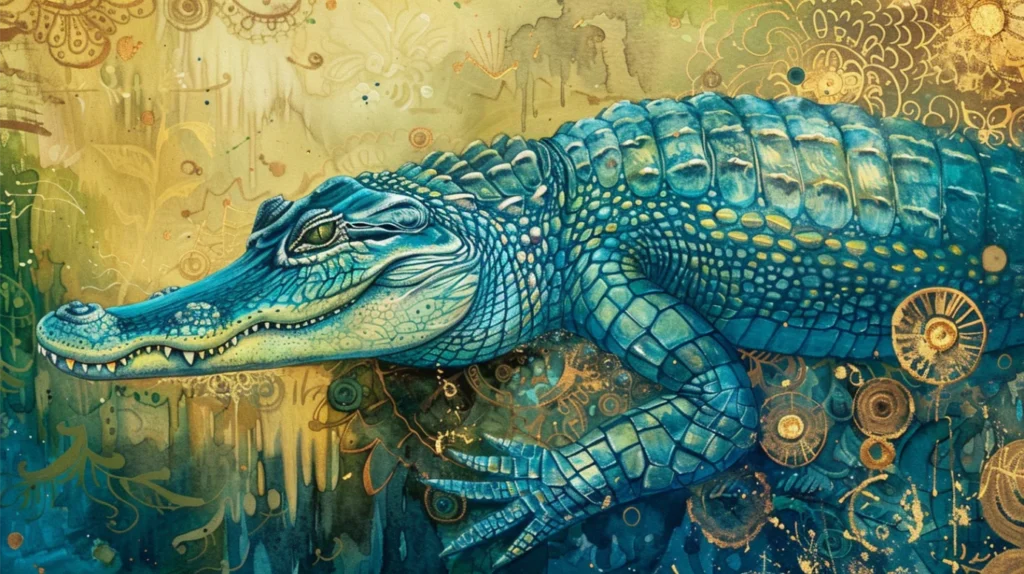Introduction
Pastrami sandwiches, a beloved staple of American deli cuisine, have captivated taste buds for generations with their rich flavors and satisfying textures. Originating from Jewish delis in the late 19th century, these sandwiches have evolved from humble immigrant fare to an iconic dish celebrated across the United States and beyond. The classic pastrami sandwich, featuring tender, spiced meat piled high on rye bread, has become a symbol of New York City’s culinary landscape and a must-try for food enthusiasts everywhere.
In this guide, we’ll explore the world of pastrami sandwiches, delving into their history, ingredients, variations, and even touch on nutritional aspects, including pastrami sandwich calories. Whether you’re a long-time fan or new to this deli delicacy, join us as we uncover the secrets behind the perfect pastrami sandwich and discover why it continues to hold a special place in the hearts of food lovers worldwide.
The History of the Pastrami Sandwich
The pastrami sandwich’s story is deeply intertwined with Jewish immigration to the United States, particularly in New York City. Here’s a brief timeline:
- Late 19th Century: Romanian Jewish immigrants introduce pastrami to the United States.
- 1887: Sussman Volk, a Lithuanian immigrant, opens one of the first delis in New York City.
- 1888: Volk is credited with creating the first pastrami sandwich.
- Early 20th Century: Pastrami sandwiches gain popularity in Jewish delis across New York.
- Mid-20th Century: The sandwich becomes a mainstream American food item.
The pastrami sandwich represents more than just a meal; it’s a symbol of cultural exchange and adaptation. As Jewish immigrants settled in America, they brought traditional foods and preparation methods, creating a uniquely American dish with Eastern European roots.
Anatomy of a Classic Pastrami Sandwich

A traditional pastrami sandwich consists of four key components:
- Pastrami: The star of the show, typically made from beef brisket.
- Rye Bread: Provides a sturdy base with a distinctive flavor.
- Mustard: Usually spicy brown mustard for a tangy kick.
- Pickles: Kosher dill pickles are the classic accompaniment.
Pastrami
Pastrami is a type of cured, smoked, and spiced meat. Here’s how it’s typically prepared:
- Curing: The meat is brined in a solution of salt, sugar, and spices.
- Seasoning: A spice rub is applied, often including black pepper, coriander, and garlic.
- Smoking: The meat is slow-smoked to enhance flavor and tenderness.
- Steaming: Before serving, the pastrami is often steamed to further tenderize it.
Rye Bread
Rye bread is the traditional choice for pastrami sandwiches due to its sturdy texture, slightly sour flavor that complements the pastrami, and cultural significance in Eastern European Jewish cuisine.
Mustard and Pickles
Spicy brown mustard is preferred for its sharp, tangy flavor that cuts through the richness of the pastrami. Kosher dill pickles provide a crunchy texture contrast and a sour, briny flavor to balance the rich meat.
Popular Pastrami Sandwich Variations
While the classic pastrami on rye is a timeless favorite, several variations have emerged:
- Pastrami Reuben: Pastrami, Swiss cheese, sauerkraut, Russian dressing on grilled rye bread.
- Pastrami Rachel: Similar to the Reuben, but with coleslaw instead of sauerkraut.
- Grilled Pastrami and Swiss: A simple combination of pastrami and Swiss cheese on grilled rye bread.
- Pastrami Club: A triple-decker featuring pastrami, turkey, bacon, lettuce, tomato, and mayo.
Nutritional Information: Pastrami Sandwich Calories and More

For those mindful of their dietary intake, here’s a breakdown of the average pastrami sandwich calories and other nutritional facts:
| Nutrient | Amount per Serving |
|---|---|
| Calories | 600-800 |
| Protein | 25-35g |
| Fat | 30-40g |
| Carbohydrates | 45-60g |
| Sodium | 1500-2000mg |
Note: These values can vary significantly depending on the size of the sandwich and specific ingredients used.
Healthier Alternatives
For a lighter pastrami sandwich, consider these modifications:
- Use lean pastrami or turkey pastrami
- Opt for whole grain bread instead of rye
- Load up on vegetables like lettuce, tomatoes, and onions
- Use mustard instead of mayonnaise or Russian dressing
- Choose a smaller portion size
How to Make the Perfect Pastrami Sandwich at Home

Follow these steps for a deli-worthy experience:
- Choose quality ingredients: Start with good-quality pastrami and fresh rye bread.
- Prepare the bread: Lightly toast the rye bread to add texture and prevent sogginess.
- Warm the pastrami: Steam or briefly heat the pastrami to enhance its flavor and texture.
- Layer wisely: Start with a thin layer of mustard on both slices of bread.
- Stack the pastrami: Pile the warm pastrami high, using about 4-6 ounces per sandwich.
- Add extras: If desired, add Swiss cheese, sauerkraut, or coleslaw.
- Finish and serve: Close the sandwich, slice diagonally, and serve with a pickle on the side.
Famous Delis Known for Their Pastrami Sandwiches
Several delis have gained legendary status for their pastrami sandwiches:
- Katz’s Delicatessen (New York City): Known for enormous portions and hand-carved pastrami.
- Langer’s Deli (Los Angeles): Claims to serve the “World’s Best Pastrami.”
- Carnegie Deli (New York City – Closed, but with licensed locations): Famous for celebrity-named sandwiches.
- Zingerman’s Delicatessen (Ann Arbor, Michigan): Renowned for high-quality ingredients and excellent customer service.
- Kenny & Zuke’s (Portland, Oregon): Known for house-made pastrami and a modern deli atmosphere.
Pairing Suggestions: What to Serve with Your Pastrami Sandwich
Complete your pastrami sandwich experience with these classic and creative pairings:
Traditional Sides
- Kosher dill pickle
- Potato salad
- Coleslaw
- Potato chips
Beverages
- Dr. Brown’s soda (especially Cel-Ray or Black Cherry)
- Cream soda
- Iced tea
- Beer (try a lager or pilsner)
Creative Pairings
- Matzo ball soup
- Pickled green tomatoes
- Sweet potato fries
- Cucumber salad
Conclusion: The Enduring Appeal of the Pastrami Sandwich
The pastrami sandwich has come a long way from its humble beginnings in New York City delis. Today, it stands as a testament to the rich tapestry of American culinary history, blending immigrant traditions with modern tastes. Whether you prefer the classic pastrami on rye or one of its many variations, there’s no denying the satisfaction that comes from biting into a well-made pastrami sandwich.
From its complex flavors and textures to its cultural significance, the pastrami sandwich continues to captivate food lovers around the world. Whether you’re counting pastrami sandwich calories or simply indulging in a deli classic, this iconic dish offers something for everyone. So the next time you’re craving a taste of culinary history, consider treating yourself to a pastrami sandwich – a true American classic that has stood the test of time.






